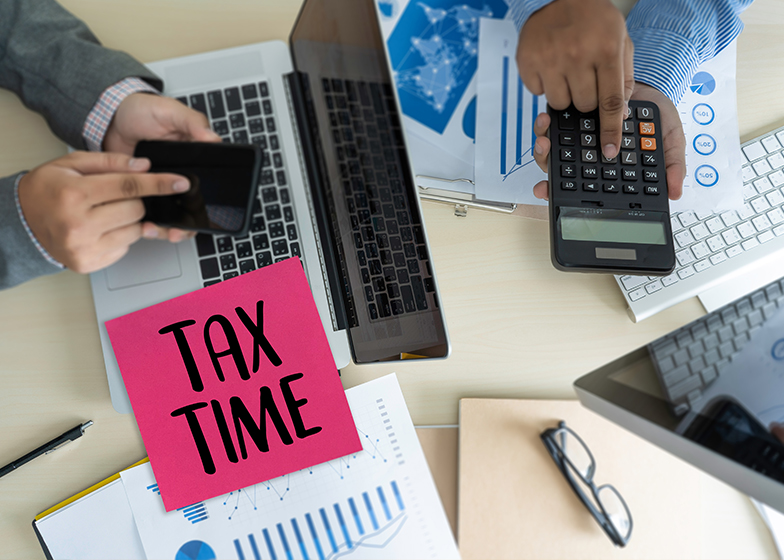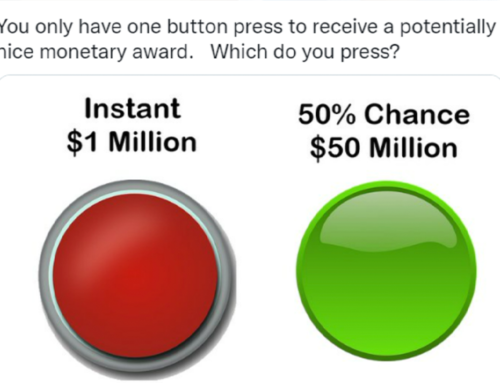As we’ve mentioned numerous times, temporary declines in stock market prices become permanent only when you sell out of those positions. If a stock or fund loses value, it’s best to fight the urge to cut your losses while it’s only a loss on paper, because you don’t know when it might recover.
Thus the strategy of holding a diverse portfolio (where all instruments are less likely to decline at once) with a view to the long-term is designed to keep you from missing out on the big recoveries or diluting your returns with needless transaction costs.
However, there can be situations where it makes sense to purposely sell investments in a taxable account at a loss. One of these is called tax-loss harvesting. Just like the name implies, you “harvest” losses for the purpose of lowering your capital gains tax liability.
Kate Dore, a Certified Financial Planner who writes for CNBC, explains how tax-loss harvesting works. “You can sell declining assets from your brokerage account and use the losses to offset other profits. Once losses exceed gains, you can subtract up to $3000 per year from regular income.”
With the S&P 500 Index down from its all-time high in January of this year, tax-loss harvesting may seem more attractive right now. But there are some things to consider.
First, if you sell an investment, you need to find something to replace it or risk sitting on the sidelines when the market has unexpected gains. With each component of your portfolio chosen to play a strategic role, you need to be able to find another instrument with similar performance characteristics. (This is even more difficult when individual stocks are sold for tax-loss harvesting. The IRS’s so-called wash sale rule bars claiming that loss if you buy a “substantially identical” investment within a 30-day window before or after the sale.)
“It’s important to consider the role of funds in asset allocation,” says Kristin McKenna, CFP and managing director at Darrow Wealth Management, “and how selling different securities may impact risk.”
Second, you may have a better use for those losses. A down market may have caused your income to drop below a threshold that will allow you to take long-term capital gains (profits on assets owned for more than a year) at a zero percent tax rate.
When you’re in the 0% bracket, you can sell profitable assets, avoid paying long-term capital gains taxes, and even repurchase the same investments for a “stepped-up basis,” which adjusts the purchase price to the current value for lower taxes in the future.
Like most things that involve taxes, this one is complex and unique to your individual situation. Talk to me to learn if strategies like these might be prudent for you.






